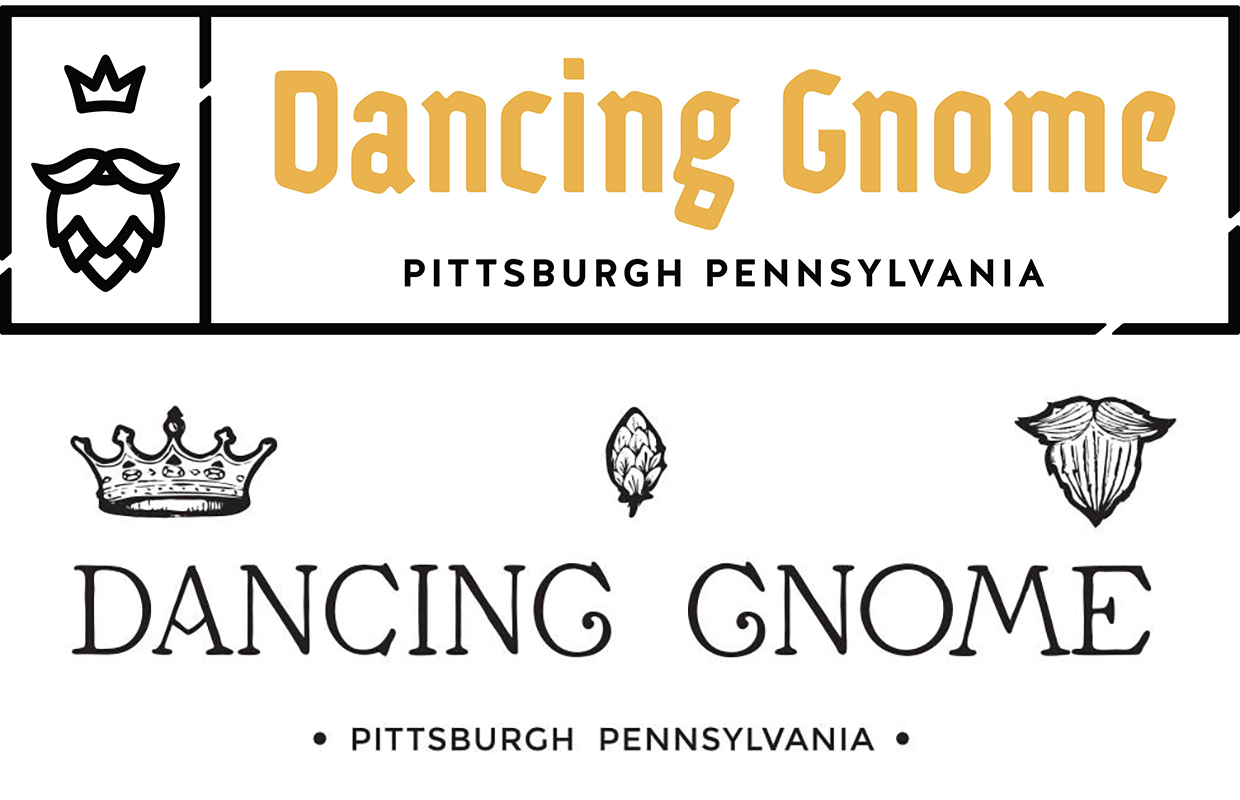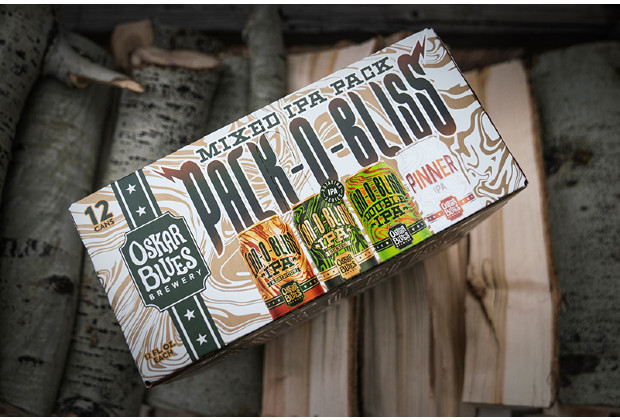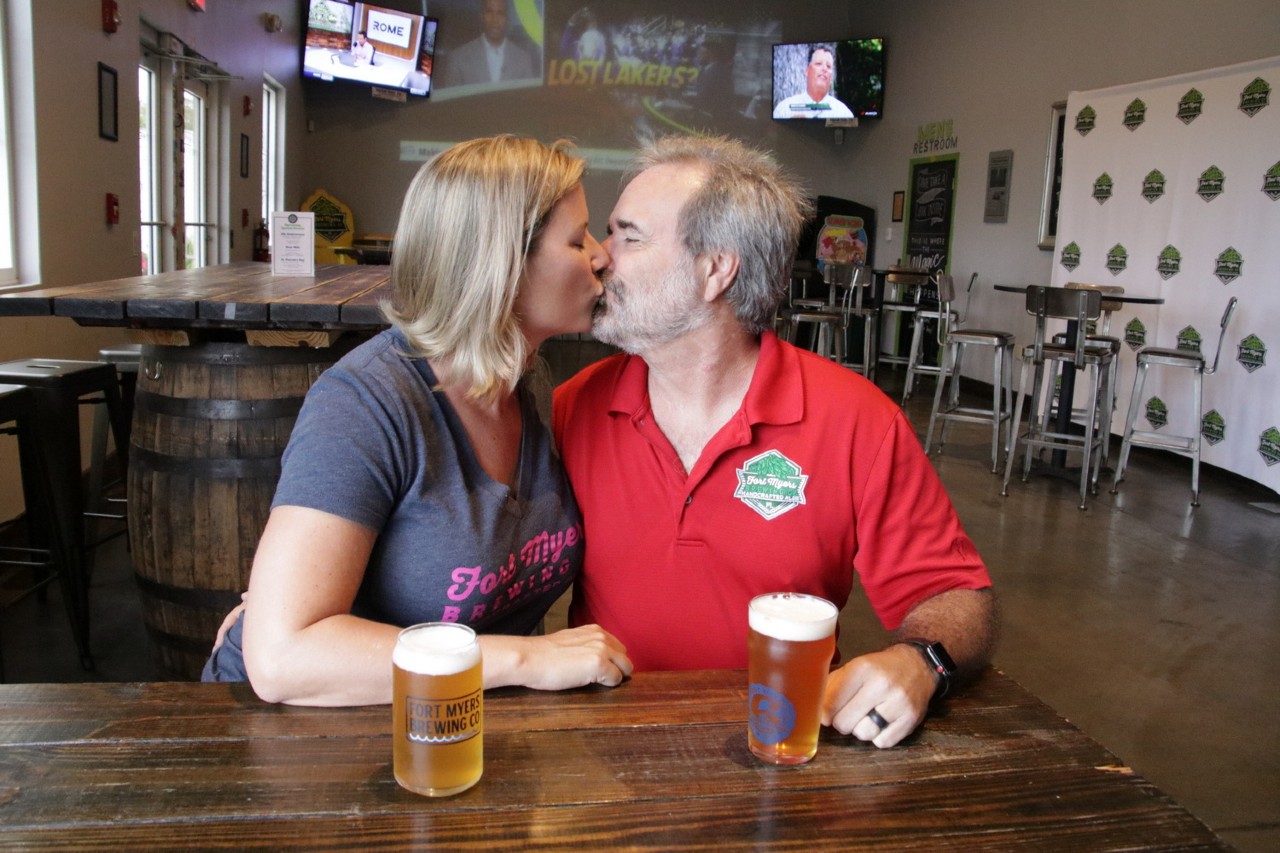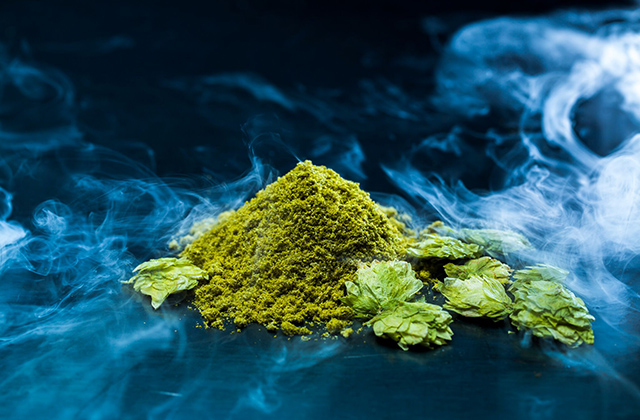
This is a part of a continuing series of Q&As with members of the brewing community from across the U.S.
Brewer Magazine will share business and personal insights from Brewmasters, Head Brewers, Brewing Managers, Sales Directors, QCQA Managers and others each weekend to help you get to know each other better in the industry and learn more to better develop your own brand.
Andrew Witchey, the founder and head brewer of Dancing Gnome Brewery in Pittsburgh sat down in a partially constructed taproom of the brewery’s newest location. Read more in the September/October print edition which is hitting mailboxes soon about how the brewery began as a hazy factory but has matured to cater to many types of craft beer fans.
In this Q&A, Witchey shares how the brewery has grown to include a new 20-barrel Sprinkman brewhouse. At the time of the interview, they had made five batches and were seeing immediate positives.
BREWER: What have you come up with lately that’s been a big benefit to the brewery? How is the new brewhouse going to be an important part of your growth?
WITCHEY: I’m still very proud of the beers that we made on our other system, but for sure, we’re limited in how quickly we can do things. A lot of that came down to space, I think more so than anything else. I like the idea of having a small team. As much as I also love the idea of supporting the local economy and bringing in as many workers as we can, I still like the intimacy of small teams while being able to increase those efficiencies. We were double batching over there. So you’re talking about an 11-hour day, every day. You have to have multiple people, which is fine, and you still need multiple people. But now we can get 20 barrels done in five hours. So, it allows us to put out more beer from a space perspective and time perspective and allow everybody the time to do other things as well. That’s definitely huge.
We also just updated our brand, recently. That was the end of May, we launched this new icon along with a word mark. It was a crown, a hop and a beard that were like horizontally to each other. So the idea being that we were initially a hop-forward brewery, so the hop was in the middle. And then the beard in the crown represented that gnome. We often operated without the wordmark. And it was cool. The idea was to have a mark that could stand without a name and people knew what it was. We kind of got there but for whatever reason, it was very confusing to people. No one knew it was a beard. A lot of people thought it was like an acorn. Once they found out it was a beard they were like ‘Oh, I get it!’ I also got asked why the crown? We just didn’t want a gnome hat. That would be weird. I think that was also strategic in the growth of reaching a greater consumer base and different consumers was having something that was a little cleaner.
BREWER: Did you guys start with working with someone to make the change or did you make it yourself or work with someone?
WITCHEY: We worked with a handful of people, actually, which is very atypical. It was tough, because we wanted to keep a lot of things the same but change a lot of things as well. So we worked initially with a company in Utah, that got us to a specific place, and then we transitioned. For the actual icon, that was a local person, whose design company is called Bear Left Bear, a husband and wife team. They’re great. They’ve done a ton of illustrated stuff for us in the past. So we tasked them with coming up with something that still retained the legacy of what we were going for. It was a long process, but really happy with how things came out.
BREWER: If you could change one thing about craft beer in America, what are you going to change?
WITCHEY: I do think distribution laws are rough. And I think I understand it to a degree and I think that they’re still good to have. Us, for instance, just signed with a distributor because we don’t have the bandwidth to be able to self distro in PA but we know that our growth aspects are steep enough that why not focus on what we know and let somebody else focus on what they know. There’s margins and things to think about. But that was the decision that we chose to make. It’s great to have [wholesalers] because we know that they’re in a specific market. We’re doing our thing, they’re doing their thing, we can partner together to help grow each other. But that being said, it’d be awesome if I could bring in a beer from a friend’s brewery from across the country and just pour it here without having to worry about going through a distributor. As a producer, we’re all licensed by the federal government. We all know what’s going on, right? Why can’t I just say like, ‘Hey, man, send me a sixtel and we’ll put you on tap.’ That stuff sucks.
Then upcharges. You have no control over the final price point to retail. And that’s a bunch of industries, and it’ll never change. But it would be a lot easier if we could kind of spread the wealth and share the wealth of other small breweries throughout the country. They definitely don’t want to distribute to southwestern PA, but they would probably send us six kegs for a tap takeover, once a year. And vice versa.




Be the first to comment